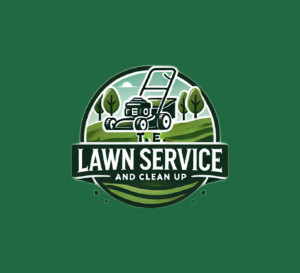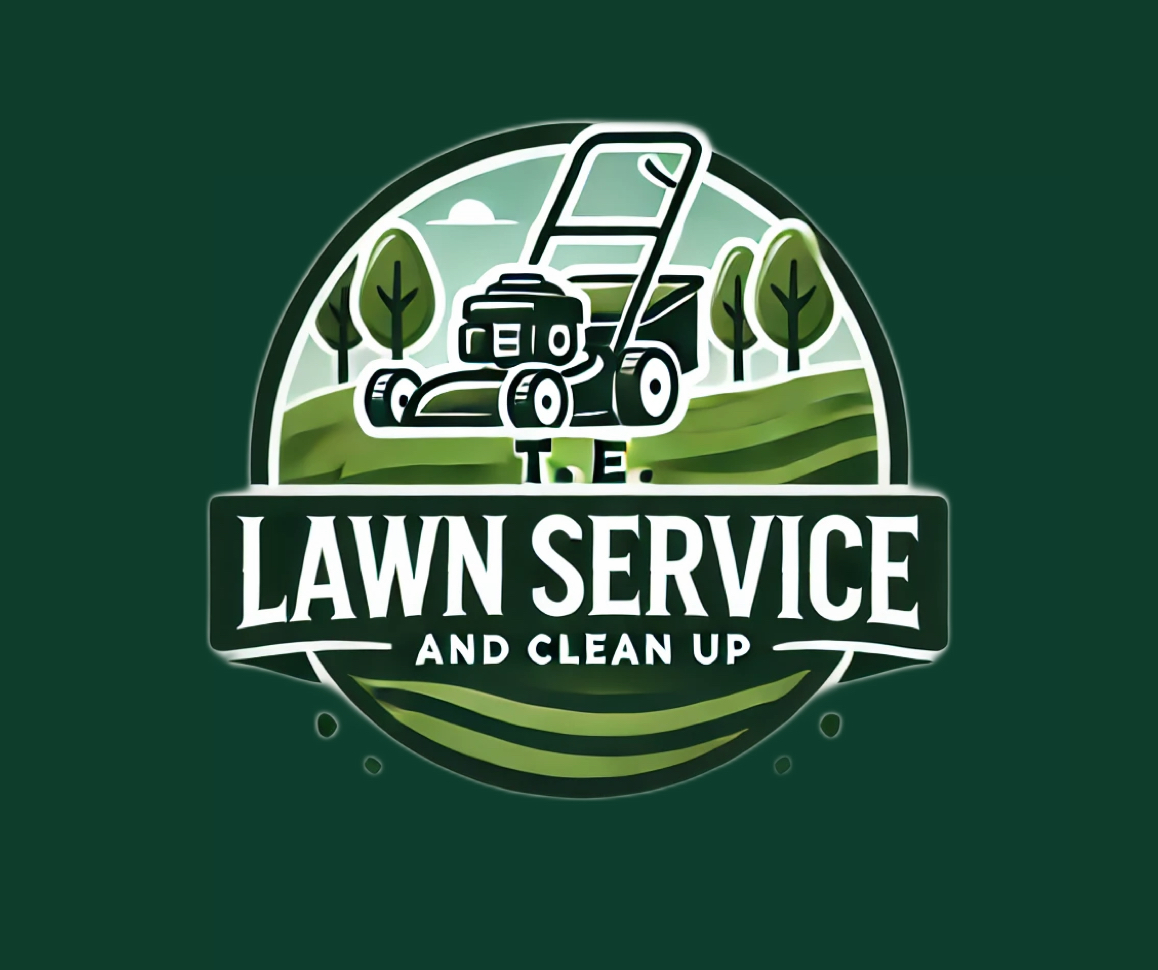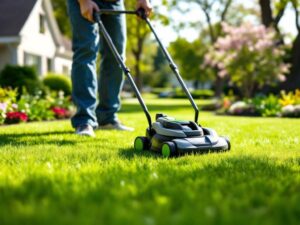Mulching is one of the most effective and affordable ways to improve the health and appearance of your yard. A fresh layer of mulch not only makes garden beds look polished but also regulates soil temperature, retains moisture, and helps control weeds. For Atlanta homeowners, where the combination of hot summers and clay-heavy soil presents unique challenges, mulching is especially valuable.
At TE Lawn Service and Clean Up, we know how much of a difference proper mulching can make. With the right techniques, you can create healthier soil and reduce the amount of time you spend battling weeds. This guide explains five easy DIY mulching methods that any homeowner in Atlanta can use to boost the look and performance of their yard.
Why Mulching Matters for Atlanta Lawns and Gardens
Before we get into specific techniques, it helps to understand why mulching is such a powerful tool. Mulch provides a protective covering over your soil, acting as a barrier between the ground and the elements.
Benefits of mulching include:
- Retaining soil moisture during hot Atlanta summers
- Reducing weed growth by blocking sunlight
- Protecting plant roots from extreme temperature swings
- Preventing erosion during heavy rains
- Adding organic matter to the soil as it breaks down
Whether you are tending to flower beds, vegetable gardens, or tree bases, mulching can help you save time, conserve water, and maintain a healthier landscape.
Technique 1: Shredded Hardwood Mulch
Shredded hardwood mulch is one of the most common and effective choices for Atlanta yards. It is widely available, affordable, and long-lasting, making it perfect for garden beds, pathways, and around shrubs.
How to Apply:
- Clear away weeds and debris from the area.
- Spread mulch evenly at a depth of 2 to 3 inches.
- Keep mulch about 2 inches away from plant stems or tree trunks to prevent rot.
Why It Works:
Hardwood mulch breaks down slowly, improving soil structure over time. Its dense coverage prevents weed seeds from receiving sunlight, reducing growth naturally.
Best Uses:
- Around shrubs and ornamental trees
- Flower beds and walkways
- Areas where a clean, polished look is desired
Technique 2: Pine Straw Mulch
Pine straw is a favorite in Atlanta due to its affordability and availability. Many local homeowners use pine straw for garden beds, especially around trees and shrubs.
How to Apply:
- Lay pine straw loosely over the soil at a depth of 3 to 4 inches.
- Avoid compacting the straw too tightly so air and water can still penetrate.
- Fluff and refresh the layer every few months as it settles.
Why It Works:
Pine straw is lightweight and easy to spread. It helps conserve soil moisture, prevents erosion on sloped yards, and gives beds a natural, uniform look.
Best Uses:
- Sloped areas prone to erosion
- Garden beds with shrubs and perennials
- Homeowners looking for a cost-effective option
Technique 3: Compost or Leaf Mulch
If you are looking for a way to reuse natural materials from your own yard, compost and shredded leaves make excellent mulch. They enrich the soil quickly and reduce the need for chemical fertilizers.
How to Apply:
- Shred fallen leaves with a mulching mower or leaf shredder.
- Spread compost or shredded leaves in a thin layer about 2 inches deep.
- Avoid using whole leaves since they can mat together and block air.
Why It Works:
Organic mulches like compost and leaves improve soil fertility as they decompose. They feed beneficial microorganisms, which help create healthier, looser soil for plant roots.
Best Uses:
- Vegetable gardens
- Flower beds needing extra nutrients
- Gardeners looking to recycle natural materials
Technique 4: Grass Clippings as Mulch
If you mow your lawn regularly, grass clippings can be turned into an instant mulch. This method saves time and money while recycling nutrients back into the soil.
How to Apply:
- Collect clippings in a bag mower or rake them after mowing.
- Spread a thin layer no more than 1 inch deep around plants.
- Allow clippings to dry slightly before applying to prevent matting.
Why It Works:
Grass clippings are rich in nitrogen, which boosts plant growth. They also decompose quickly, adding organic matter to the soil.
Best Uses:
- Vegetable gardens
- Around fruit trees and bushes
- Areas where nutrients are most needed
Technique 5: Stone or Gravel Mulch
While organic mulches are best for improving soil health, stone or gravel mulch offers a low-maintenance option for decorative areas. Stone mulch does not break down, making it more permanent than organic mulches.
How to Apply:
- Place a layer of landscaping fabric over the soil to block weeds.
- Spread gravel or small stones 2 to 3 inches deep.
- Rinse stones occasionally to remove dirt and debris.
Why It Works:
Stone mulch reduces weeds and provides a clean, modern look. It reflects heat, making it ideal for drought-tolerant plants.
Best Uses:
- Around pathways or patios
- Decorative areas near driveways
- Xeriscaping or low-water landscapes
Extra Tips for Mulching Success
- Always weed before laying mulch.
- Avoid piling mulch against tree trunks or stems since this can trap moisture and cause decay.
- Replenish mulch annually or as needed to maintain coverage.
- Choose the right mulch based on your yard’s specific needs.
By following these tips, you ensure that mulch enhances both the appearance and health of your yard.
Mistakes to Avoid When Mulching
Many homeowners make simple mistakes that reduce the effectiveness of mulch. Avoid these common errors:
- Applying mulch too thick, which can suffocate roots
- Using mulch as a replacement for proper watering and fertilization
- Mixing fresh mulch into the soil, which can rob plants of nitrogen
- Ignoring old mulch buildup that creates a barrier against water
Being mindful of these mistakes helps your mulch work as intended.
When to Call TE Lawn Service
DIY mulching is manageable for small projects, but larger landscapes and specialized beds often benefit from professional care. TE Lawn Service and Clean Up offers complete mulching services in Atlanta, ensuring your yard gets the right type and amount of mulch.
Our team provides:
- Mulch selection based on soil type and landscape design
- Professional installation for long-lasting results
- Seasonal refreshes to maintain appearance and function
- Integration with full lawn care services including mowing, fertilization, and weed control
By choosing TE Lawn Service, you save time while ensuring your yard receives expert attention.
Conclusion
Mulching is a simple but powerful way to improve your lawn and garden. From shredded hardwood to pine straw and even grass clippings, each method offers unique benefits for Atlanta homeowners. With the right technique, mulch reduces weeds, conserves water, and enriches soil, creating a healthier and more attractive landscape.
For homeowners who want guaranteed results without the effort, TE Lawn Service and Clean Up is ready to help. Our professional mulching services are designed for Atlanta’s unique climate and soil conditions, giving your yard a polished look and long-term health benefits.
Contact TE Lawn Service today to schedule mulching and discover how easy it is to transform your yard.




